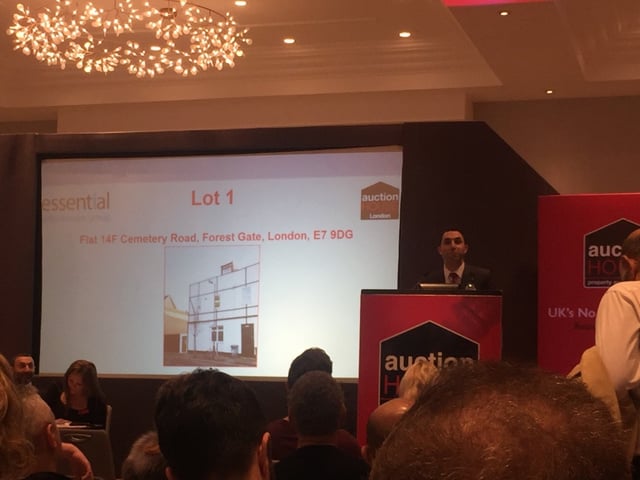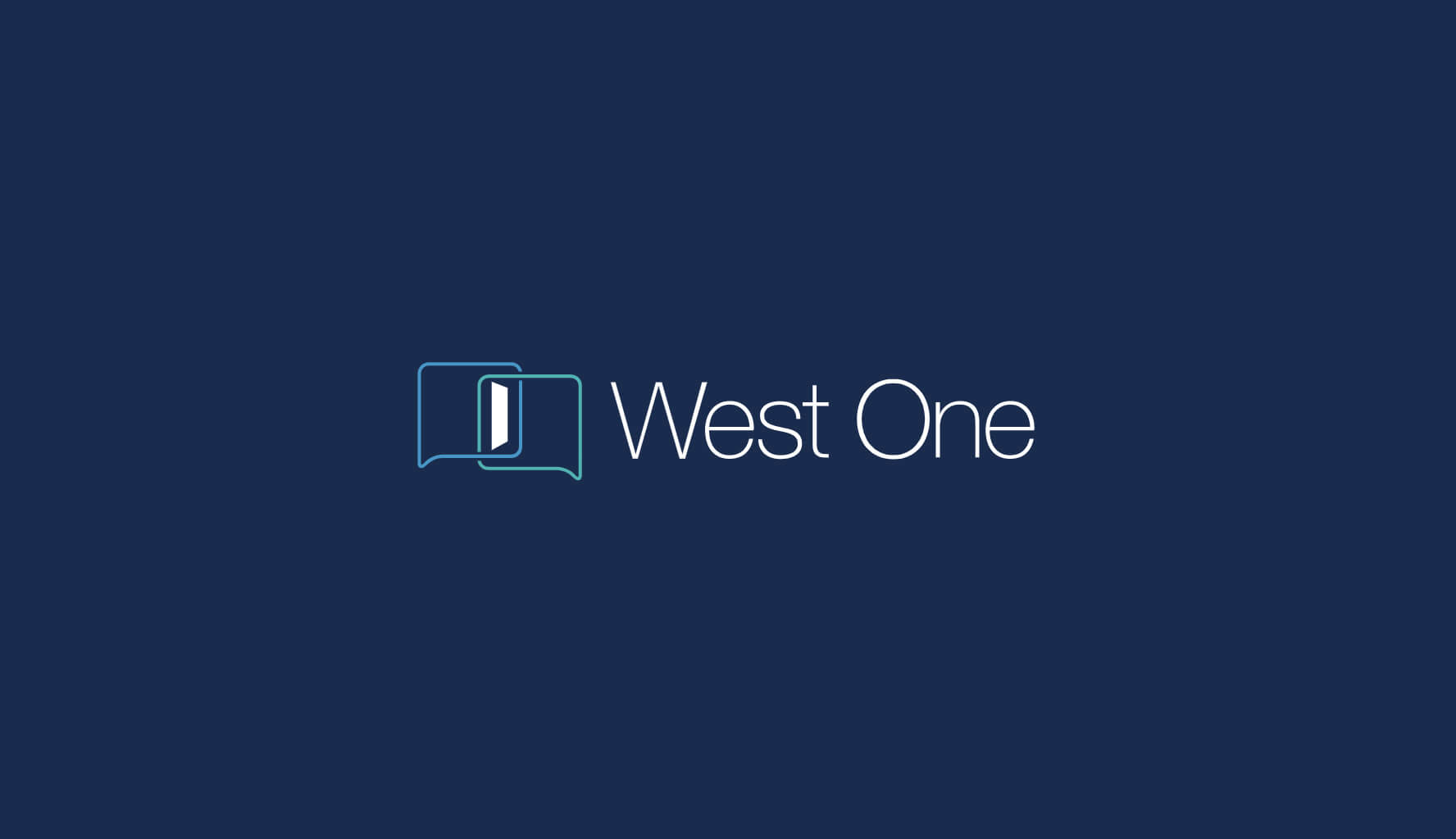Auctions are fascinating places to be, from unusual lots to frenetic bidding, there’s plenty to see. We were at our partner, Auction House London’s first auction of 2017 at the Marriott Regent’s Park. In Part 2, here’s what we learned in the auction itself, with some fascinating highlights. To see the pre-auction event, see PART 1 - NETWORKING PRESENTATIONS.

The auction began even more quickly than charismatic auctioneer Andrew Binstock was expecting. Before he could describe Lot 1, with a guide price of £110,000, a bidder at the back of the room held up a sign saying “£140,000”. As Andrew said, not sure he got the concept of auctions! Whatever the bidder’s strategy, it made short work of the process, with the second bid of £142,000 from another bidder clinching the deal. Perhaps the guy with the sign was a friend of the seller? Who knows, but it made for an entertaining opening bid!
As the auction progressed, we chatted to fellow auction attendees. Some simple questions came up about what was going on that are worth looking at:
Q: Why has the auctioneer opened below the guide price?
A: This is to get bidding going. The auctioneer has to judge where the audience’s appetite is to start a process, because getting things started helps build momentum amongst bidders. Auction theorists would also say that the starting point can give “information” to the room about price, so not everyone wants to be first to throw their hat into the ring.
For example, Lot 8 had a guide of £180,000. Andrew opened bidding at £170,000 which ultimately yielded a final sale price of £194,000 – 8% over the guide price.
Q: Why was a lot 'not sold'?
A: The final hammer price wasn’t high enough to meet the Lot’s Reserve price, so couldn’t be sold by the auctioneer. Before the auction, sellers can agree a minimum sale price with the auctioneer, if they want to ensure the make at least some money on a sale. This is the Reserve price which is typically within 10% of the guide price. However, if the bidders in the room don’t value the property as highly, the auctioneer can’t sell there and then, and the seller hasn’t got rid of their property. As mentioned in Anna and Stefan’s talk in PART 1, potential buyers can make offers on such properties, to buy post-auction.
For example, Lot 9 had a guide price of £750,000. Bidding opened at £700,000 and rose to £746,000 but that wasn’t high enough to meet the Reserve and the property wasn’t sold.
Q: What’s a Section 42 notice?
A: This is a legal notice that a leaseholder can serve on the owner of their freehold, to request an extension of a lease. The freeholder must then consider new, extended lease terms and the price at which they’re prepared to sell the extension to the leaseholder.
For example, Lot 11 was a second floor, one bedroom flat in Stevenage with 59 years remaining on a 99 year lease. One key note in the auction catalogue was that the seller “had served a section 42 notice to extend the lease”. Longer leases would generally have higher property values. In the end, Lot 11, with a £110,000 guide price, opened at £100,000 and 3 bidders took the sale price to £140,000.
Q: Why are lots sold together?
A: For some lots, two closely-related Lots might encourage more bidders – and therefore sell better – if combined into one, as opposed to selling separately. However, if they don’t sell together, the auctioneer can then split and sell separately anyway. This is all about the auctioneer doing their best to help the property sell as well as possible.
For example, Lots 19 & 20 – Daisy’s Coffee Shop near Henley-on-Thames + Land with conversion potential next to the Coffee Shop – were combined with a guide price of £768,000. In the end, whilst this did encourage bidders to take the price from £750,000 to £799,000 this didn’t meet the combined Reserve.
Andrew then separated them and Lot 19 (the Coffee Shop) opened at its £450,000 guide and sold for £495,000. The land opened at £300,000 but didn’t sell at £312,000 – below it’s £315,000 guide. So, in the end, it seems that people were more interested in the existing property than the land
What else did we learn?
Well, first it was noticeable that sale prices were typically 10-20% above the guide price. The biggest uplift of the day was Lot 50, a loft and roof-space in Streatham which sold at £26,000, 420% over the £5,000 guide – albeit for a very unusual lot! For a somewhat more conventional property, Lot 100 in Clwyd, requiring a lot of improvement work, sold for £141,000, 182% over its £50,000 guide price. That’s often what happens when there are a lot of bidders – in this case 5 on the phone, 1 proxy bidder and people in the room!
Second, always remember caveat emptor – let the buyer beware. This is particularly true at auction, where winning bidders are under a legal contract to buy once the hammer goes down. This, sadly, was illustrated by Lot 49. 11 Bonny St, Camden, was a 3-bed end terrace house with tenants. At a guide of £165,000, bidding opened at £160,000 and sold for £180,000
But the buyers hadn’t read the catalogue description, let alone read the legal pack. They thought they were buying a regular flat. In fact, what was selling was the remaining 15 years on a commercial lease designed to generate £15,760 net income after paying the annual £21,380 ground rent. They only realised this at the signing desk, at which point they were obliged to pay their non-refundable 10% deposit, whether or not they would be able to complete the purchase.
At the end of a long, but exciting day, there was plenty more to digest. With 139 Lots in the catalogue, with only 15 Sold Prior and 17 Withdrawn, well over 100 properties went under the hammer. Over three quarters were sold on the day or after. Some highlights:
Most expensive: Lot 23 freehold 6 bedroom semi in St John’s Wood – listed at £3,000,000 and sold for £3,250,000
Least expensive: £1,000 plot of land in Stoke-on-Trent – several lots each Sold Prior
Biggest uplift: Lot 100 described above
Funniest: Lot 1 described above
Most unusual: Lot 13 - a service road behind Queens Parade shops in Ealing. With a £12,000 guide price, bidding closed at £15,000. With access and rights of way, it would be fascinating to see what planning or money-making opportunities the buyer saw there!
Biggest surprise: Lot 50 described above
Biggest challenge: Lot 120 – land behind a terraced set of flat blocks in Streatham. The plot has planning permission for a 2 storey house… But the land also carried a historical restrictive covenant, saying “no building or erection of any kind” could ever be built. With neither guide price nor Reserve, this sold for £176,000. The buyer will need good lawyers to look at the covenant!
We will be back at Auction House London’s next auction on 13th April 2017..
